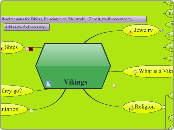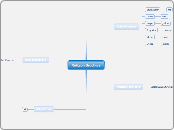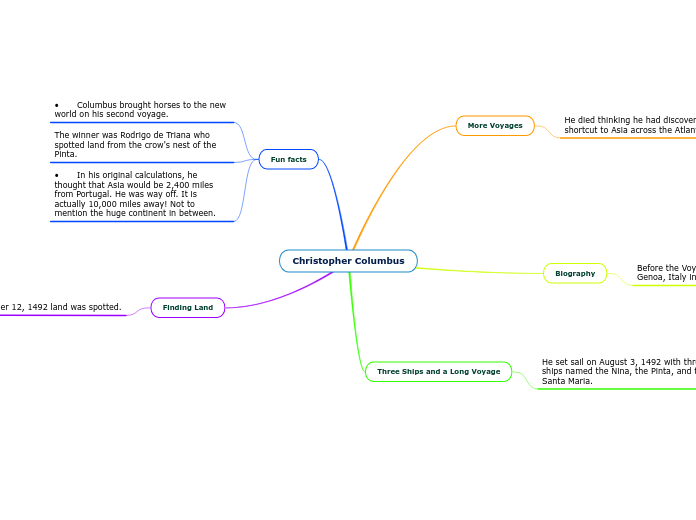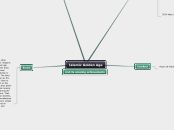Add as you feel necessary!
Read the notes for Vikings, I'm going to do "filler work"... Read it, you'll understand :^)
Vikings
Ok, so I've decided that I'm going to fill in gaps that any of you have left. :) Hence the name "filler work"
Don't worry, it will still be an amazing presentation.
But you guys get to fight over everything I'll just fill it in. :)
K so choose from the following:
(Cory)~Vikings- [i.e. what is a viking, where did they go, etc.]
( )~Ships - [i.e. Ships category]
( )~Jewelry - [i.e. Jewelry category]
( )~Religion** - [i.e. Religion category]
**Both Ships and Jewelry will need to try and see what can be thought up by religious implications, but I'll filter, out and change stuff around. No worries. But we HAVE TO GET THIS DONE SOON!!!
As for the topic of paper, I think it said 400 words? I'm pretty sure that's as a group total, That or it's 400 about our project, and 150 on top of that. :^\ gosh I hope not.
We need to discuss this further!! =D Have a great weekend though!
Presentation
This is to track our progress on the Presentation and it's completion! WE'RE GOING TO KICK SOME MYTHOLOGICAL BUTT!!
Where did they go?
Where are they now?
Where are they from?
Religion
Others
Magic?
Types of magic
Celtic beliefs
Norse beliefs
Creatures and Beings
Cosmology
Practices
What is a Viking?
Ships
There were two distinct classes of Viking ships: the longship (sometimes erroneously called "drakkar", a corruption of "dragon" in Norse) and the knarr. The longship, intended for warfare and exploration, was designed for speed and agility, and was equipped with oars to complement the sail as well as making it able to navigate independently of the wind. The longship had a long and narrow hull, as well as a shallow draft, in order to facilitate landings and troop deployments in shallow water. The knarr was a dedicated merchant vessel designed to carry cargo. It was designed with a broader hull, deeper draft and limited number of oars (used primarily to maneuver in harbors and similar situations). One Viking innovation was the beitass, a spar mounted to the sail that allowed their ships to sail effectively against the wind.
Longships were used extensively by the Leidang, the Scandinavian defense fleets. The term "Viking ships" has entered common usage, however, possibly because of its romantic associations (discussed below).
In Roskilde are the well-preserved remains of five ships, excavated from nearby Roskilde Fjord in the late 1960s. The ships were scuttled there in the 11th century to block a navigation channel, thus protecting the city, which was then the Danish capital, from seaborne assault. These five ships represent the two distinct classes of Viking ships, the longship and the knarr. The remains of these ships can be found on display at the Viking Ship Museum in Roskilde.
Longships are not to be confused with later-period longboats. It was common for Viking ships to tow or carry a smaller boat to transfer crews and cargo from the ship to shore, however.
Navigation
What was the significance of the figures on the Stern?
Was it religiously important?
Psychological effects of ship life
"You never quit. You never give up. Because if you give up, you die"
Knarr
Types of cargo
Long Ship (drakkar)
Jewelry
What religious meaning could it have?
Stolen?
Runes?
Language
Rune
Literature
Religous aspect?
Trade?
Significance?









